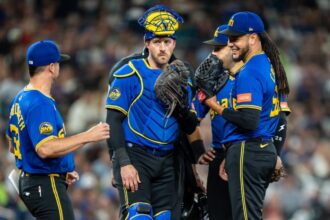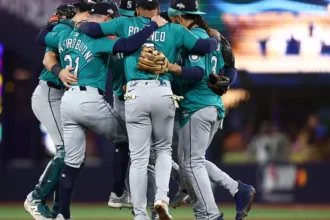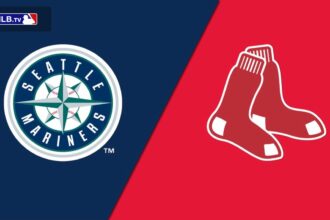The Boston Red Sox enter this offseason with one objective towering above all others: securing a new contract with their franchise cornerstone, Alex Bregman. For years, Bregman has served not only as an elite on-field performer but also as the emotional and cultural center of the clubhouse. His consistency, leadership, and postseason poise have made him the kind of player organizations build around. The Red Sox understand better than most teams how costly it can be both competitively and symbolically to lose this level of star talent. As a result, locking him down long-term sits squarely at the top of the club’s winter agenda.
Yet baseball’s offseason is rarely predictable, and the Red Sox must be ready for every possibility including the scenario in which Bregman ultimately chooses to test free agency or accept a lucrative offer elsewhere. Even if Boston enters negotiations with confidence, contingency planning remains essential. The front office cannot allow itself to be caught unprepared should their franchise third baseman depart. For that reason, the organization has already begun evaluating potential replacements and considering which available stars could fill the void not only statistically, but in terms of lineup impact and positional stability.

Among the names frequently tossed around in speculative conversations is New York Mets slugger Pete Alonso. His reputation as one of baseball’s premier power hitters makes him a tempting target, especially for a Red Sox club that has spent years searching for consistent right-handed pop. While Alonso is not a direct positional replacement for Bregman, the general idea fans and analysts have proposed is that adding Alonso could soften the blow of losing Bregman’s offensive production. However, many people inside and outside the organization believe the most desirable outcome is not choosing between the two sluggers, but rather keeping Bregman and bringing in Alonso as an additional lineup anchor.
That thought process captures a fundamental truth about this Red Sox roster: adding just one star may not be enough. If Boston truly wants to keep pace with other American League contenders especially powerhouses such as the Yankees, Astros, and Orioles it may need to secure multiple marquee talents. With that in mind, the search for alternative or supplementary stars has expanded beyond first base and third base. The club also has an ongoing concern at second base, a position that has been difficult for them to stabilize over the past few years.

This is where a compelling idea presented by Fansided’s Chris Landers enters the conversation. Landers suggests that the Red Sox could solve two problems at once by pursuing Corey Seager, the two-time World Series MVP and one of the game’s most accomplished left-handed hitters. Seager, who currently plays shortstop, profiles as an elite offensive talent whose presence could reshape Boston’s roster construction strategies.
In his analysis, Landers explains that the Red Sox essentially have two paths they could take, depending on how the Bregman situation unfolds and how aggressive they wish to be. One option is straightforward: re-sign Bregman, keep him at third base, and continue developing their top prospect Marcelo Mayer at second base. The club could then utilize Nick Yorke or Chase Campbell to fill gaps at first base or in the outfield when needed. This approach keeps the infield mostly intact while preserving roster flexibility and future upside.
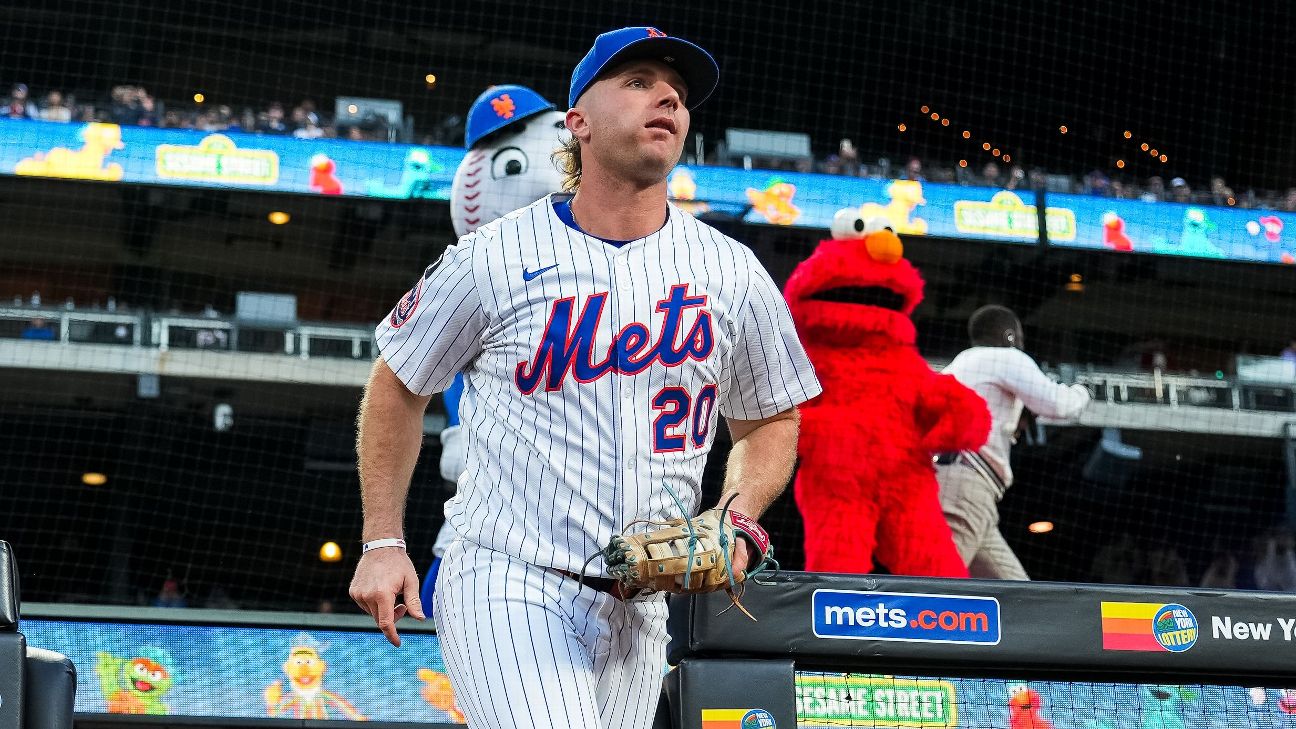
The alternative, and far bolder, route involves swinging big for Seager. Boston could acquire Seager and immediately shift him to second base, a move that is not unprecedented for shortstops of his caliber. Doing so would allow Mayer to slide over to third base, where his strong arm and natural instincts would translate well. It’s true that this alignment might create a slight defensive downgrade compared to keeping Bregman at third, but Landers argues that the trade-off could be well worth it. Seager, after all, is an extraordinarily impactful hitter arguably even more potent than Bregman and his offensive consistency has often made him one of the most feared left-handed bats in the sport.
Landers also notes that Seager’s contract situation, while expensive, is not prohibitive. With six years and $186 million remaining, he is locked into a major deal but not one that dwarfs the financial commitment Bregman is expected to command. From a cost-benefit perspective, a swap of Bregman for Seager may not dramatically alter the club’s long-term payroll outlook. What it would do, however, is potentially give Boston a more explosive offensive presence and a player with an elite track record of performing under postseason pressure.

Seager’s production this past season underscores Landers’ point. Despite missing time, he turned in an impressive slash line of .271/.373/.487/.860 across 102 games. His totals 19 doubles, 21 home runs, and 50 RBI—reflect both reliability and steady impact in the heart of the lineup. When you place those numbers next to Bregman’s performance during the same campaign, the similarities become evident. Both players offer balanced offensive profiles, mixing contact ability with patience and power. For that reason, Seager could step in as a near-seamless replacement from a statistical standpoint if Boston were to lose Bregman.
However, there is one major complication that makes this potential plan less than perfect. Corey Seager hits left-handed, and that presents a challenge for a Red Sox lineup that has long struggled with being too lefty-heavy. Over recent seasons, Boston’s offense has tended to skew significantly toward the left side, creating matchup problems against left-handed pitchers and limiting flexibility late in games. Adding another left-handed star even one as accomplished as Seager would exacerbate those issues unless Boston also made a complementary move.
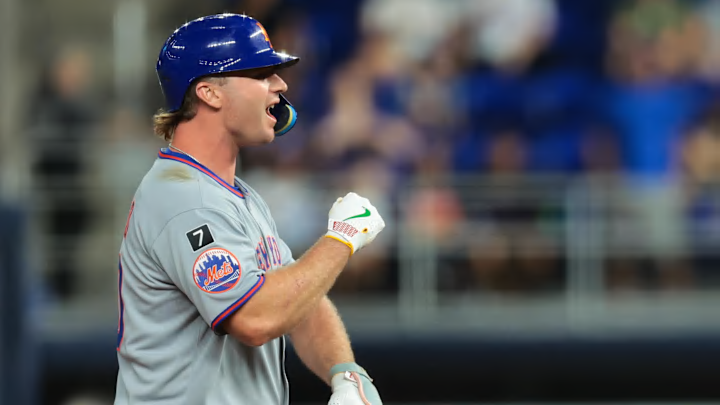
This is why pairing Seager with a right-handed power bat becomes essential if the Red Sox were to pursue this path. Someone like Pete Alonso, whose right-handed strength and ability to crush mistakes would give the Red Sox the balance they desperately need, could serve as a natural counterpart to Seager. If Boston were to land Seager without adding a right-handed slugger, they would risk falling into the same lineup construction traps that have plagued them for years.
When you look at the situation through that lens, the trade idea involving Seager makes sense only if it comes as part of a broader, coordinated strategy. Seager alone won’t solve Boston’s offensive imbalance, but Seager plus Alonso might shape the lineup into one of the most dynamic in the American League. This duo would allow Boston to retain left/right balance, deepen the heart of the order, and greatly improve their run-producing potential. The combination would also provide postseason-proven experience something the Red Sox haven’t consistently had since their last championship window.
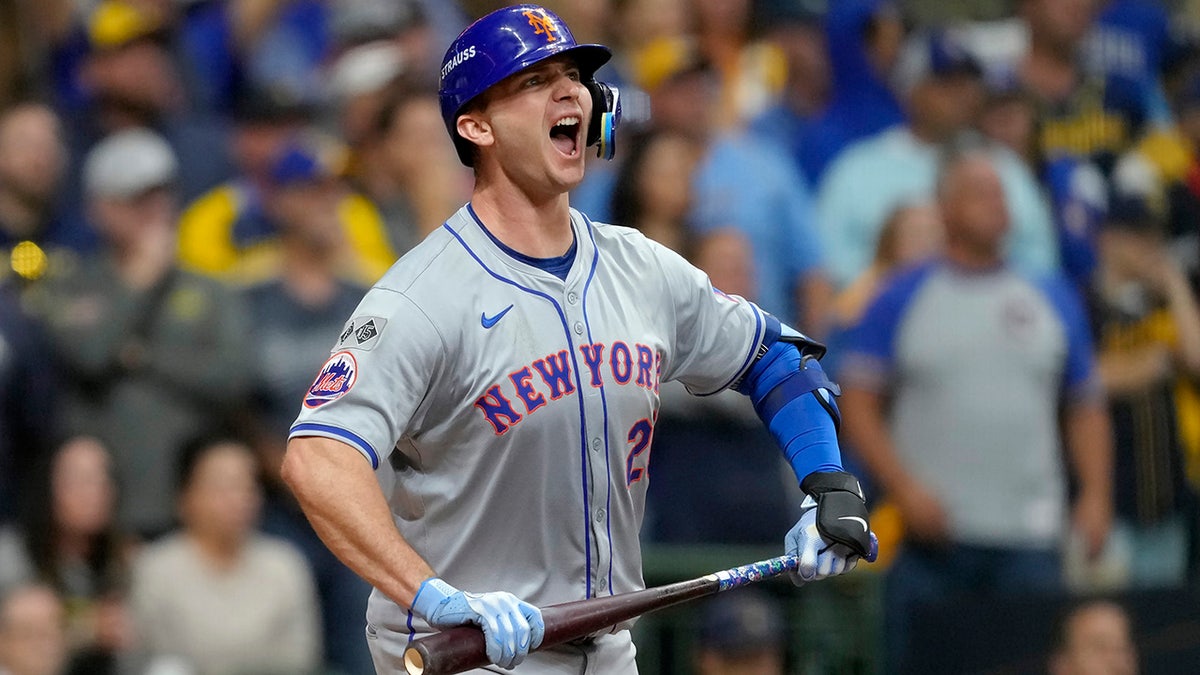
Of course, all of this hinges heavily on whether the Red Sox retain Bregman. If they successfully re-sign him and then manage to acquire Alonso, the need for Seager diminishes dramatically. In that best-case scenario, Boston would already possess a fearsome lineup featuring two right-handed superstars surrounded by a talented supporting cast. They would not need to rearrange their infield or reconfigure the lineup’s handedness. The Red Sox could simply move forward with a deep, balanced offense and use their remaining resources to shore up pitching or reinforce bench depth.
But if Bregman leaves, Seager becomes an intriguing alternative perhaps the strongest one available. While there are other third base or infield options on the market, few offer the mix of playoff pedigree, middle-of-the-order power, and positional adaptability that Seager brings. Boston would not only fill a major hole but would also raise its ceiling in a way that few free-agent signings could match.

This concept—keeping Seager in their “back pocket” is precisely why the Red Sox should not dismiss the idea outright. Even if their priority remains Bregman, front offices must think in multiple dimensions. Sometimes the offseason shifts unexpectedly, sometimes negotiations collapse, and sometimes other teams swoop in with massive offers. A prepared team is a successful team. General manager Craig Breslow and his staff understand the importance of exploring every viable option long before they become urgent needs.
In the end, the message is simple: Boston should be ready for everything. Re-signing Bregman is Plan A. Pairing him with Alonso is a possible Plan A-plus. But should the offseason take a different turn, pivoting toward Corey Seager especially alongside a big right-handed bat could be the bold move that prevents the Red Sox from taking a step backward.
Having a creative, well-structured backup plan is not just smart front-office work. It is a necessity for a team determined to return to the top of the American League and re-establish itself as a legitimate postseason force.



